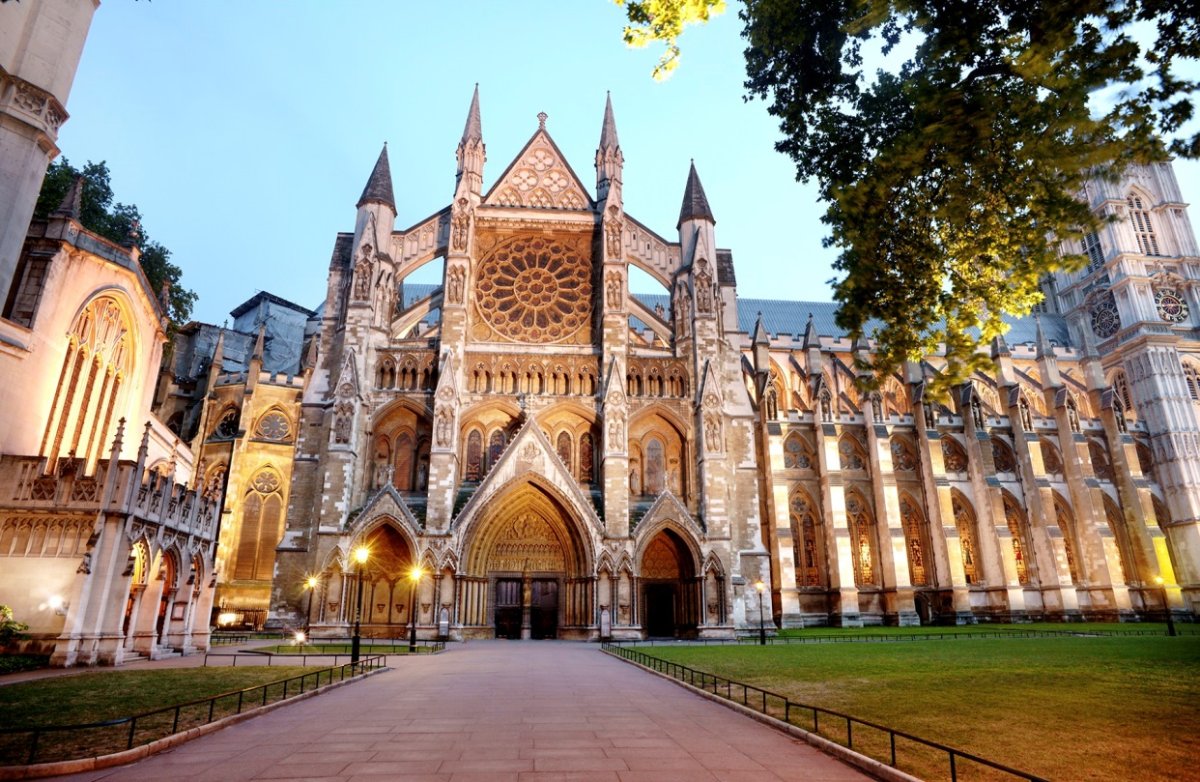England boasts a huge variety of medieval landmarks that all play their part in telling the story of Anglo-Saxons and the Norman Conquest, right through to the fall of the Plantagenet kings – there are just too many fantastic medieval sites to mention. We’ve selected 7 spots that are guaranteed to transport you back to England’s medieval past.
Medieval Rye
Rye is a historic port town in East Sussex, England, that was an important member of the Cinque Port Confederation during the medieval period. The name Rye comes from ‘rie’ meaning bank or the West Saxon ‘ieg’ meaning island, as the town was once entirely surrounded by sea.
Rye’s ties to the sea have coloured its long history with shipbuilding, royal visits, thriving trade and violent smuggling. Notorious locations include a Norman church, The Mermaid Inn, The Olde Bell Inn and the Ypres Tower, all open to visitors today.
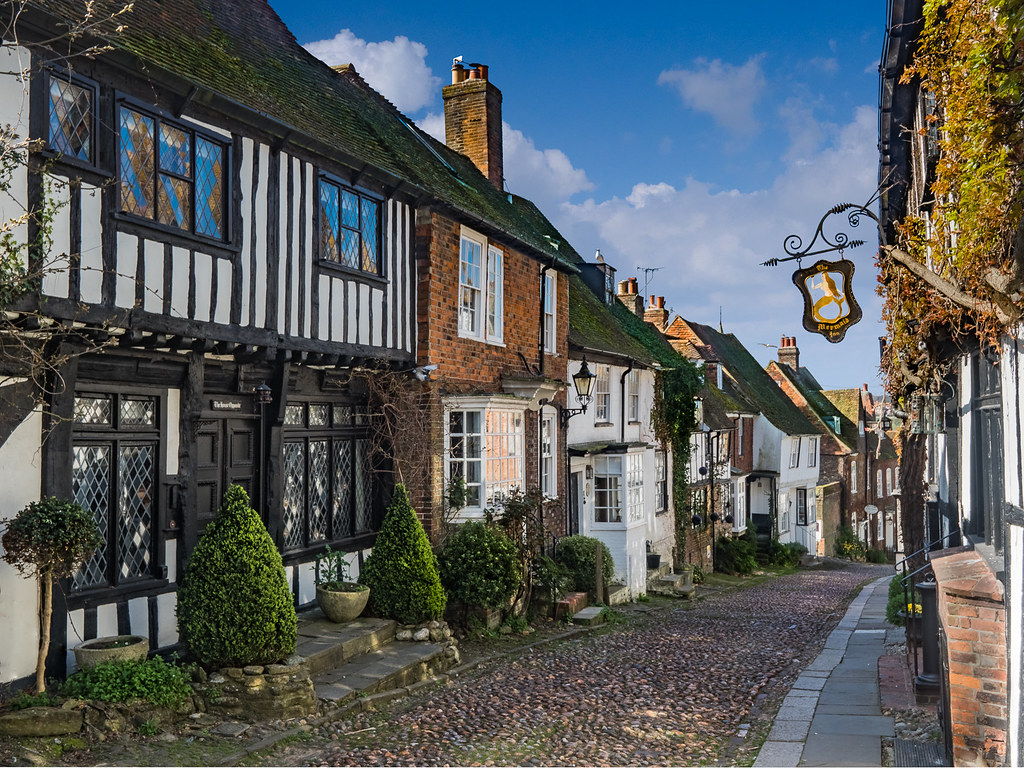
Rochester Castle
One of the best-preserved Norman fortifications in England, Rochester Castle was built at a strategic crossroads in the years following the Norman Conquest.
In 1087 Gundulf, Bishop of Rochester began the construction of the castle to command an important river crossing. One of William the Conqueror’s greatest architects, Gundulf was also responsible for the Tower of London. Much of what remains of the walled perimeter remains intact from that time.
In 1215, garrisoned by rebel barons, the castle endured an epic siege by King John. Rochester Castle played no role in the Civil Wars and so it was never slighted. It appears, however, that a violent fire took place in the keep before the 1660s, which reduced the building to ruin.
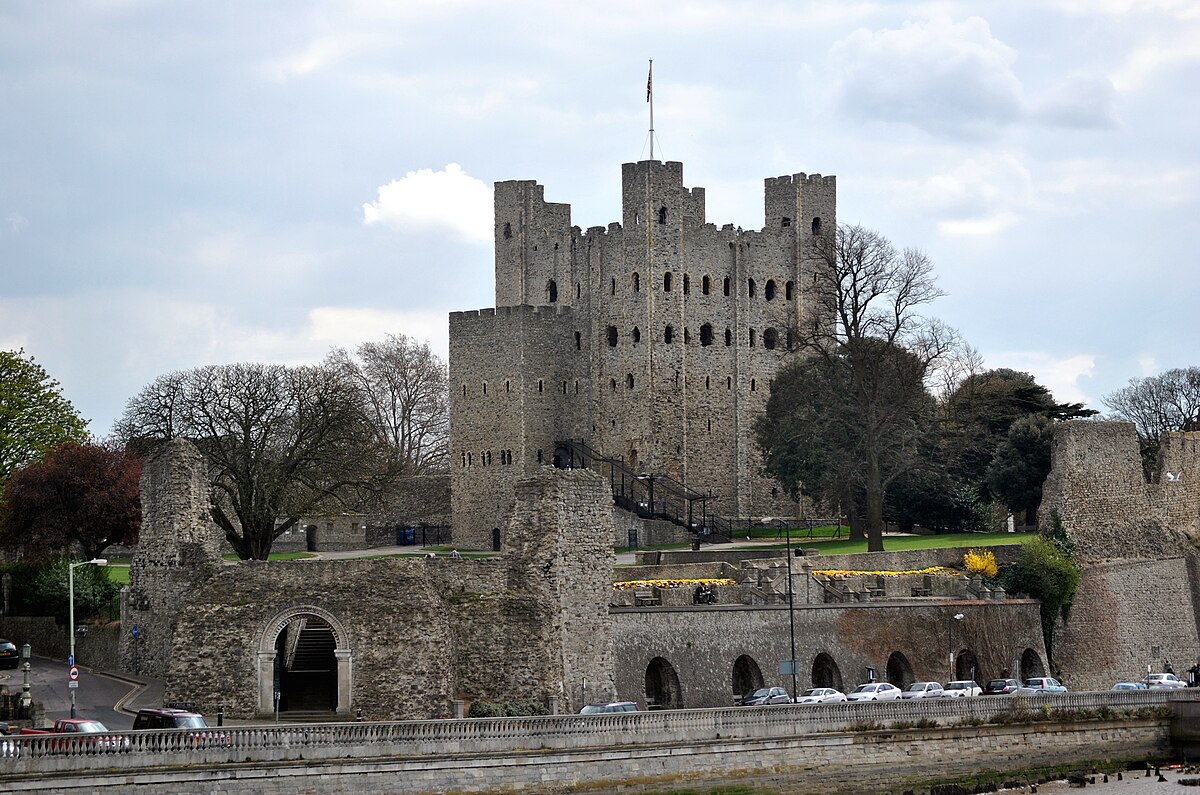
St Michael’s Mount
St Michael’s Mount is a small tidal island in Cornwall’s Mount’s Bay, England, and is linked to the town of Marazion by a man-made causeway only passable at mid or low tide. Since 1650, the medieval castle and chapel complex has been the home of the St Aubyn family, although today, the island is jointly managed by the St Aubyns and the National Trust.
St Michael’s Mount was likely an earlier monastery, but was gifted by Edward the Confessor to the Benedictine order of Mont Saint-Michel in the 11th century. The Mount was captured on behalf of Prince John in 1193 – during the reign of his brother King Richard I.
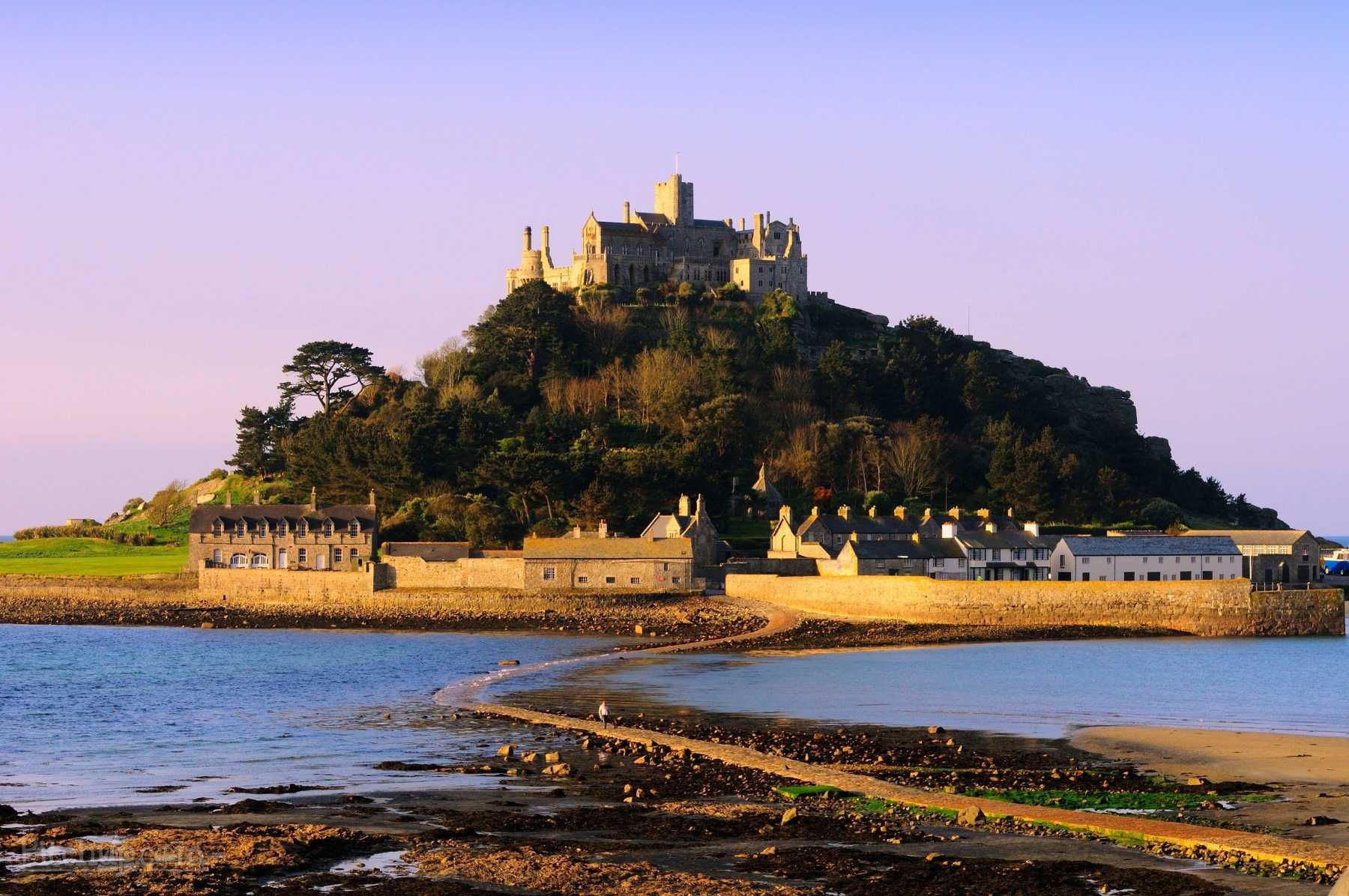
Rievaulx Abbey
Rievaulx Abbey was a Cistercian abbey in Rievaulx near Helmseley in the North York Moors, England. One of England’s great abbeys, Rievaulx was seized during the dissolution of the monasteries in 1538.
The wider site has since been awarded Scheduled Ancient Monument status and the striking ruins of the main abbey continue to be a popular tourist destination, owned and managed by English Heritage. The abbey’s records also provide one of the earliest insights into queer relationships during the medieval period.
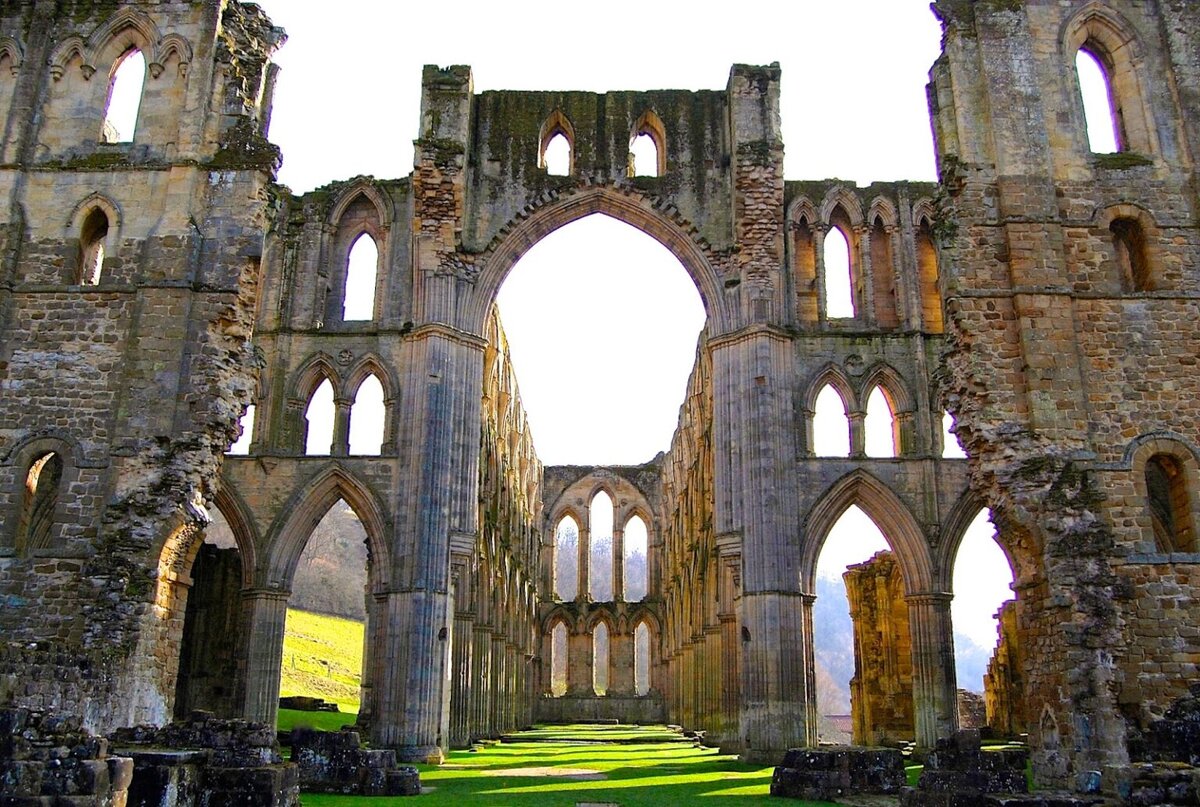
Norwich Guildhall
Within the heart of the medieval city of Norwich in England, Norwich Guildhall is a remarkable example of late medieval architecture and reflected the growing power of the city’s merchant elite. Today, the Norwich Guildhall is the largest remaining civic building outside of London and is open to the public. Norwich Guildhall’s characteristic flint exterior remains a bastion of the city’s medieval independence and wealth, sat on Gaol Hill.
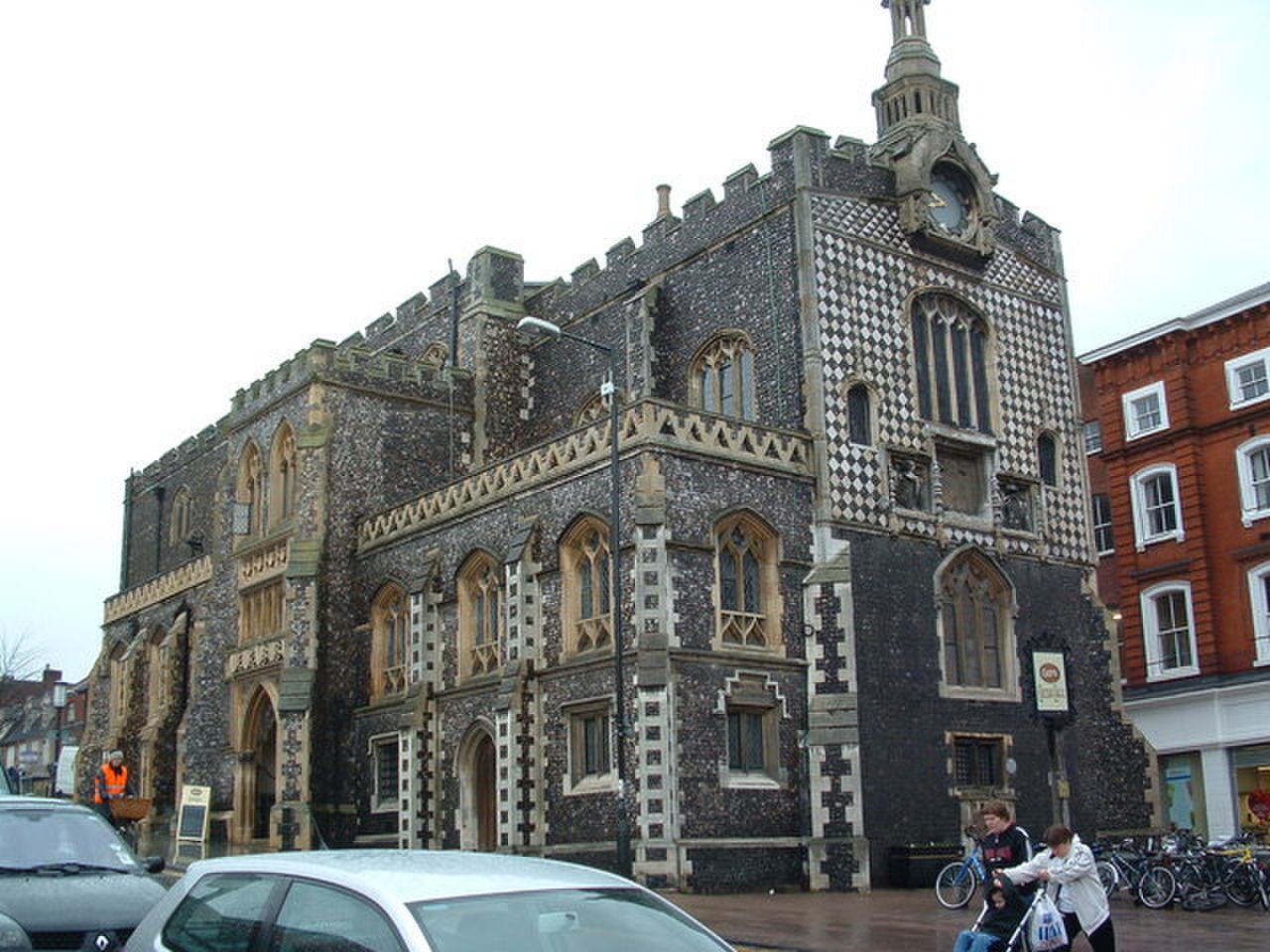
Battle Abbey and Battlefield
Battle Abbey and Battlefield is the site on which the decisive Battle of Hastings took place in October 1066. It now holds the ruins of the Norman abbey built shortly after the battle, as well as a modern visitor centre detailing the site’s significant place in history. The Battle of Hastings in 1066 was one of Britain’s most important historical events, following which William, Duke of Normandy – largely known as William the Conqueror – was crowned King of England.
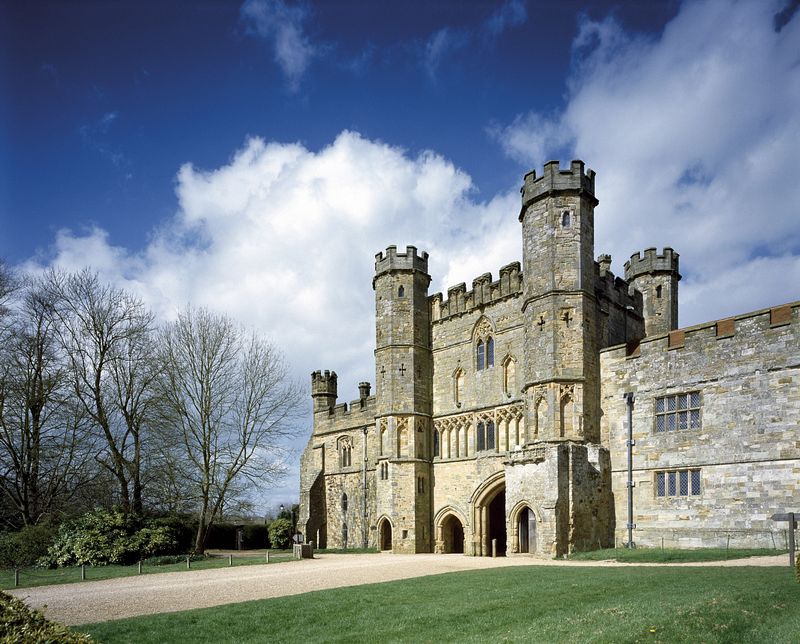
Westminster Abbey
Westminster Abbey is an iconic medieval structure and the site of many historic royal and national events, from coronations and royal weddings to burials and even deaths. Centrally located in London, Westminster Abbey was first constructed in the 11th century by King Edward the Confessor, a Saxon king who dedicated this new church to St Peter. To have an informed visit and to see the most interesting parts of Westminster Abbey, take a tour, as just wandering around can be overwhelming.
